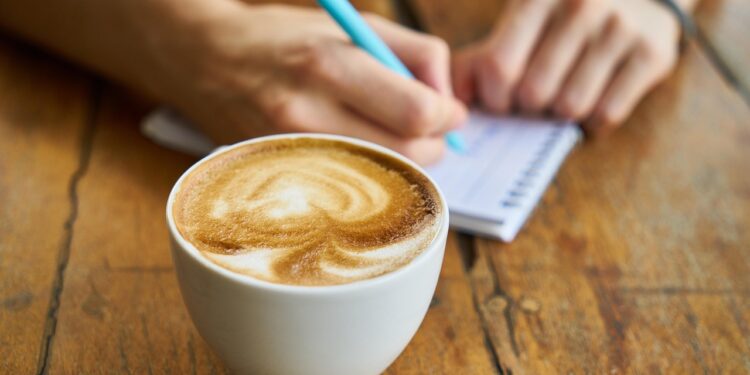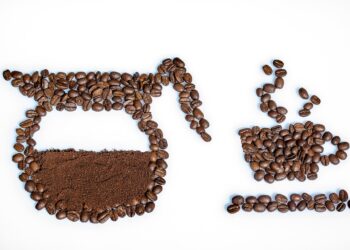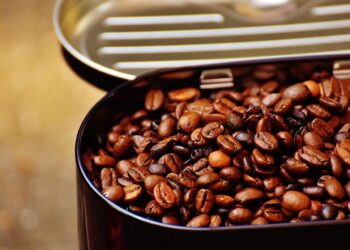Unveiling the Magic of Frothy Cappuccinos and Lattes
For many, the day doesn’t start until they have had a cup of coffee. However, for aficionados of frothy drinks, a plain cup of coffee won’t do. Enter the cappuccino and the latte, two of the most beloved coffee drinks across the globe, revered for their creamy texture and artistic presentation. In this article, we dive deep into what makes these beverages a staple of coffee culture, exploring the intricacy of their preparation, their origins, and how you can enjoy the perfect cup.
The Art of Coffee Froth: Cappuccinos vs. Lattes
Understanding the distinctions between cappuccino and latte is crucial for both coffee newcomers and enthusiasts. At its core, both drinks are combinations of espresso and milk, but the ratio and texture of milk differ.
Cappuccino typically consists of equal parts espresso, steamed milk, and milk froth. This offers a strong espresso flavor balanced with creamy foam, which not only adds to the taste but also the overall drinking experience. The thick layer of foam on top acts as an insulator, helping the drink stay hot longer.
In contrast, a latte contains more steamed milk and a light layer of froth. This makes it creamier and somewhat milder in flavor compared to a cappuccino, ideal for those who prefer a less intense espresso experience.
The Origins of Cappuccinos and Lattes
The history of these iconic drinks provides a fascinating glimpse into coffee culture. The cappuccino has its roots in Italy with the name possibly coming from the Capuchin friars, referencing the color of their robes. The beverage grew in popularity across Europe and eventually worldwide post-World War II with the rise of espresso machines.
Latte, short for “caffè latte,” which is Italian for “milk coffee,” has a more contested origin. Widely popular in America by the late 20th century, it’s believed that it was an American invention, emphasizing the creamy texture of steamed milk rather than the intensity of espresso.
Preparing the Perfect Cappuccino and Latte
Essential Ingredients and Tools
To make a quality cappuccino or latte at home, you’ll need fresh espresso beans, good quality milk (which affects the froth), and an espresso machine with a steam wand. For non-dairy alternatives, oat and almond milk are popular for their creamy texture and frothability.
The Brewing Process
Start with a good espresso shot. Grind your coffee beans to a fine consistency specifically for espresso. Tamp the grounds evenly to ensure a uniform extraction. Brew one to two shots of espresso depending on the desired strength.
For a cappuccino, steam the milk until it doubles in size with froth; the ideal temperature is between 140°F and 160°F. For a latte, the focus is more on creating a smooth, glossy milk texture rather than foam.
Mastering the Pour
Pouring is an art that can take time to master. For cappuccinos, begin by pouring steamed milk directly into the center of your espresso from a low height, and then top it off with a spoonful of foam. For lattes, pour the steamed milk from a higher height initially and then closer to the surface as the cup fills, finishing with a slight wiggle to create a simple design on the surface.
FAQs on Cappuccinos and Lattes
What is the best milk for frothing?
Full-fat cow’s milk froths best due to its protein and fat content, but lactose-free versions can work well too. Amongst plant-based alternatives, baristas often recommend oat milk for its stability and creamy result.
Can I make a cappuccino or latte without an espresso machine?
While an espresso machine is ideal, you can use a stovetop moka pot to make a decent base for your drinks. For frothing, manual frothers or even a tightly sealed jar shaken vigorously can create foam, though with varying results.
How important is the coffee bean type?
The bean type and roast can significantly influence the flavor of your espresso, thereby affecting your cappuccino or latte. Medium to dark roasts are typically preferred for their robust flavor profile that stands up well to the dilution of milk.
Conclusion
Cappuccinos and lattes not only offer a daily caffeine fix but also an expression of art in a cup, highlighting how diverse and intricate coffee culture truly is. By understanding the subtle differences and mastering the techniques of making these popular coffee drinks, you can elevate your coffee experience and maybe even impress a few friends along the way.





